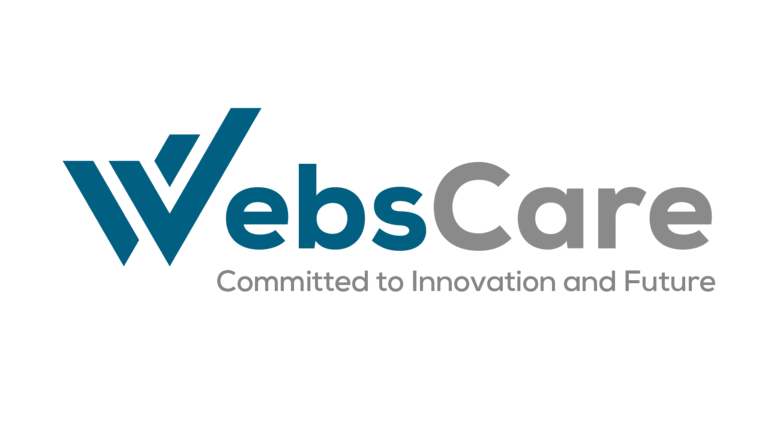Blockchain technology, once primarily associated with cryptocurrencies like Bitcoin, has evolved into a transformative force across various industries including web development. In the modern digital world, blockchain is transforming how data is stored, shared and secured, offering unparalleled transparency, decentralization and immutability. The blockchain market is expected to grow from $28.93 billion in 2024 to $49.18 billion in 2025, representing a compound annual growth rate (CAGR) of 70.0%. For web developers, integrating blockchain into applications opens up new possibilities for creating trustless systems, enhancing user privacy and enabling peer-to-peer interactions without intermediaries. From decentralized applications (dApps) to smart contracts and secure authentication mechanisms, blockchain is reshaping the foundations of web development. This article explores the essential role of blockchain in modern web development, highlighting its potential to drive innovation, improve security and redefine user experiences in an increasingly interconnected world.
Looking for expert web development services? Get in touch with us today!
Understanding Blockchain Technology
Before diving into its applications in web development, it is essential to understand what blockchain technology entails. At its core, a blockchain is a decentralized, distributed ledger that records transactions across multiple computers in such a way that the registered transactions cannot be altered retroactively. Each transaction is stored in a “block” and linked to the previous block, forming a “chain.” This ensures transparency, security and immutability.
Key Features of Blockchain
Here are some key features of blockchain, mentioned as:
Decentralization
Unlike traditional centralized systems, blockchain operates on a peer-to-peer network, eliminating the need for intermediaries.
Transparency
All transactions are visible to all participants in the network, promoting trust and accountability.
Immutability
All transactions are visible to all participants in the network, promoting trust and accountability.
Security
Cryptographic techniques secure the data, making it highly resistant to hacking and fraud.
Role of Blockchain in Web Development
Blockchain technology is revolutionizing web development in several ways. Here are some of the most significant applications:
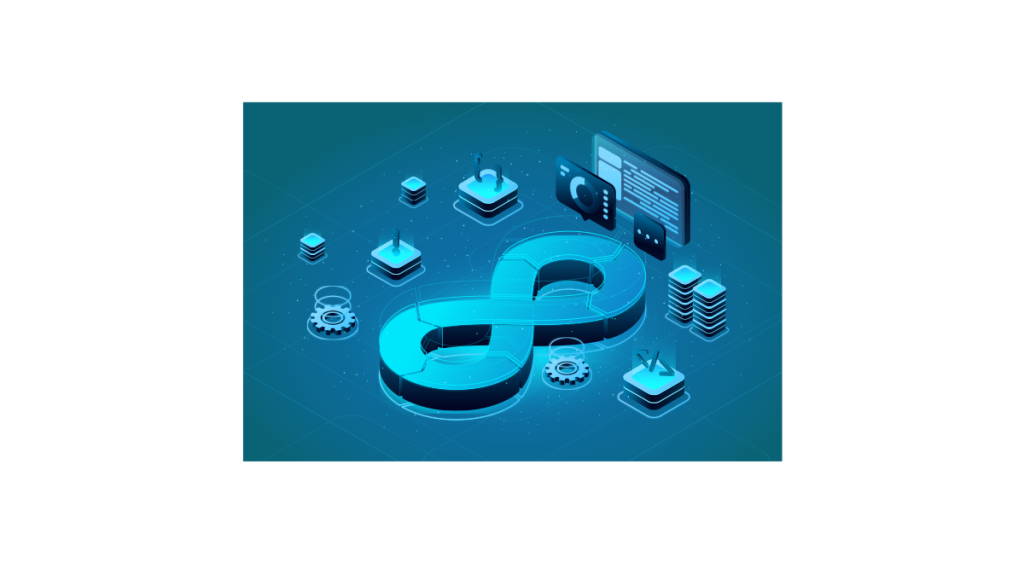
1. Enhanced Security
Security is a main concern in web development. Traditional web applications often rely on centralized servers which are vulnerable to hacking and data breaches. Blockchain’s decentralized nature and cryptographic security measures offer a strong solution to these issues. With blockchain, data is stored across multiple nodes, making it nearly impossible for hackers to alter or corrupt the data. Blockchain can be used to create secure, tamper-proof authentication systems, reducing the risk of unauthorized access. Advanced cryptographic techniques ensure that data transmitted over the blockchain is secure and private.
2. Decentralized Applications (DApps)
Decentralized applications or DApps, represent one of the most significant use cases of blockchain in web development, operating on a blockchain network rather than centralized servers which provides distinct advantages. Unlike traditional apps, DApps are censorship-resistant, as they are not controlled by a single entity, making them immune to downtime and external interference. Users gain full control over their data and transactions significantly enhancing privacy and security. Plus, all transactions and operations within a DApp are recorded on the blockchain, ensuring transparency and promoting trust among users. These features make DApps a powerful tool for creating more secure, user centric and resilient web applications in the modern digital landscape.
3. Smart Contracts
Smart contracts are self-executing agreements with terms written in code, automatically enforcing conditions when met and eliminating intermediaries. They offer automation to reduce manual tasks and errors, cost efficiency by cutting transaction fees and trust and transparency through immutable, transparent execution. These features make smart contracts a powerful tool in modern web development, enabling secure and efficient automated processes.
4. Tokenization and Digital Assets
Blockchain enables the creation and management of digital assets through tokenization, allowing tokens to represent a wide range of assets such as cryptocurrencies, digital art, real estate and more. This technology ensures verifiable and immutable proof of digital ownership, enhancing trust and security for users. Plus, tokens can be easily transferred and traded across different platforms and applications, promoting interoperability and seamless integration within the digital ecosystem. For web developers, tokenization opens up new revenue streams by enabling innovative monetization strategies such as creating unique digital assets or integrating token-based economies into their applications. This transformative capability of blockchain not only empowers users with greater control over their digital assets but also provides developers with tools to build more dynamic and financially sustainable web applications.
5. Improved Data Management
Data management is a critical aspect of web development. Blockchain offers innovative solutions for data storage, sharing, and verification. Blockchain-based storage solutions like IPFS (InterPlanetary File System) offer decentralized, secure and efficient data storage. It can be used to verify the authenticity and integrity of data, reducing the risk of fraud and misinformation. Blockchain facilitates secure and transparent data sharing among multiple parties, enhancing collaboration and efficiency.
Searching for the best web development tools? Let’s find the top 8 tools to optimize your workflow and enhance productivity!
Challenges and Considerations
Blockchain offers numerous benefits but it also presents several challenges that web developers must consider:
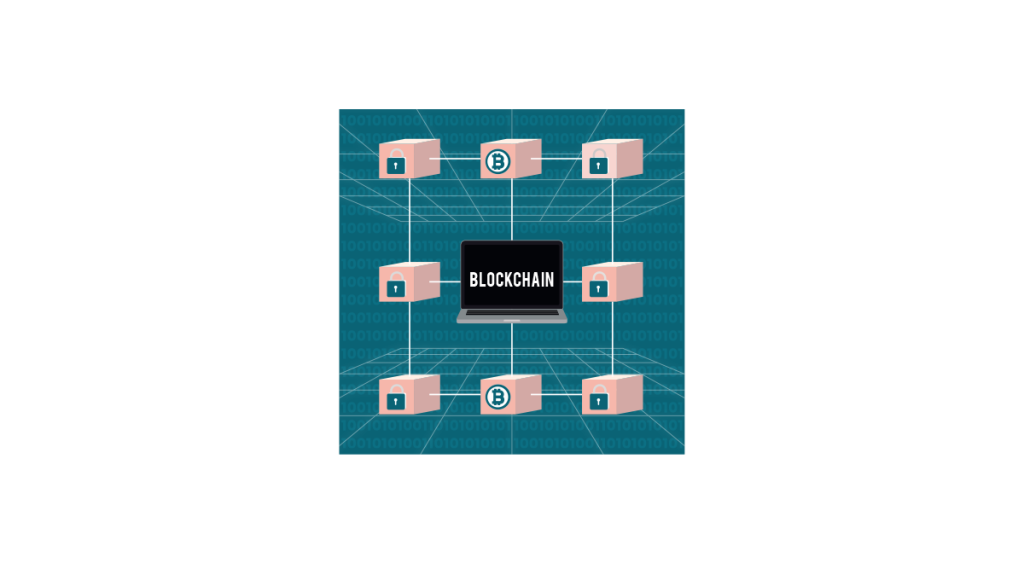
1. Scalability
Blockchain networks especially public ones like Ethereum, often face scalability issues. As the number of transactions increases, the network can become congested, leading to slower processing times and higher fees.
2. Complexity
Implementing blockchain technology requires a deep understanding of its underlying principles and mechanisms. This complexity can be a barrier for developers who are new to blockchain.
3. Regulatory Uncertainty
The regulatory landscape for blockchain and cryptocurrencies is still evolving. Developers must navigate a complex and often uncertain regulatory environment which can impact the feasibility and legality of their projects.
4. Energy Consumption
Blockchain networks particularly those that use proof-of-work consensus mechanisms can be energy-intensive. This raises concerns about the environmental impact of blockchain technology.
Real-World Examples of Blockchain in Web Development
Blockchain technology is increasingly being integrated into web development, providing enhanced security, transparency, and decentralization. Here are some real-world examples of how blockchain is being used in web development:
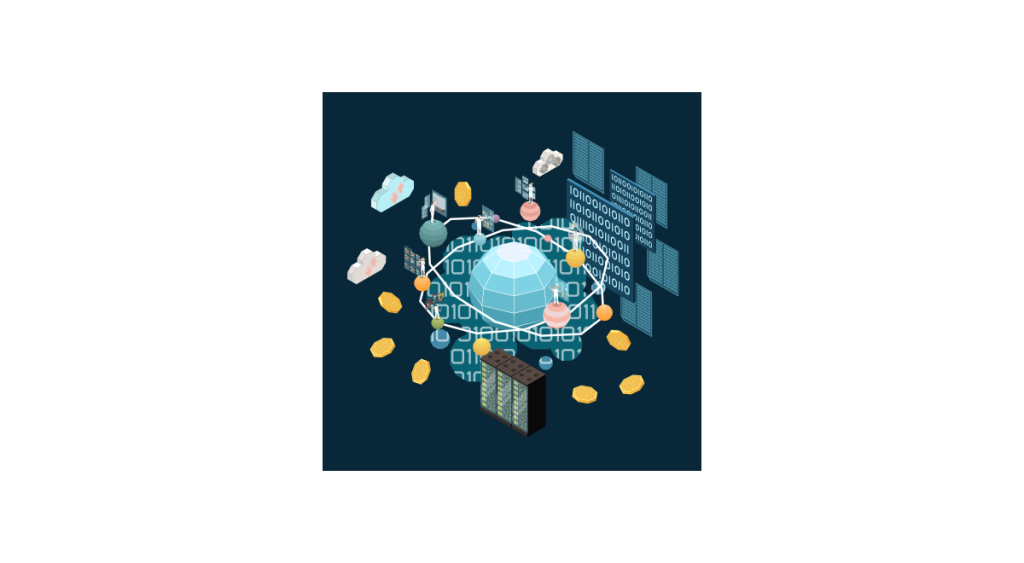
| Application | Examples |
|---|---|
| Decentralized Finance (DeFi) Platforms | Uniswap, Aave, Compound |
| Non-Fungible Token (NFT) Marketplaces | OpenSea, Rarible, Foundation |
| Supply Chain Management | IBM Food Trust, VeChain |
| Identity Verification and Authentication | Civic, uPort |
| Secure and Transparent Voting Systems | Voatz, Follow My Vote |
| Decentralized Web Hosting and Storage | Filecoin, Storj, IPFS (InterPlanetary File System) |
| Blockchain-Based Social Media | Steemit, Minds, Lens Protocol |
| Smart Contracts for E-Commerce | Shopify (integrating crypto payments), OpenBazaar |
Future Prospects
Despite these challenges, the future of blockchain in web development looks promising. Several trends and developments are likely to shape its evolution
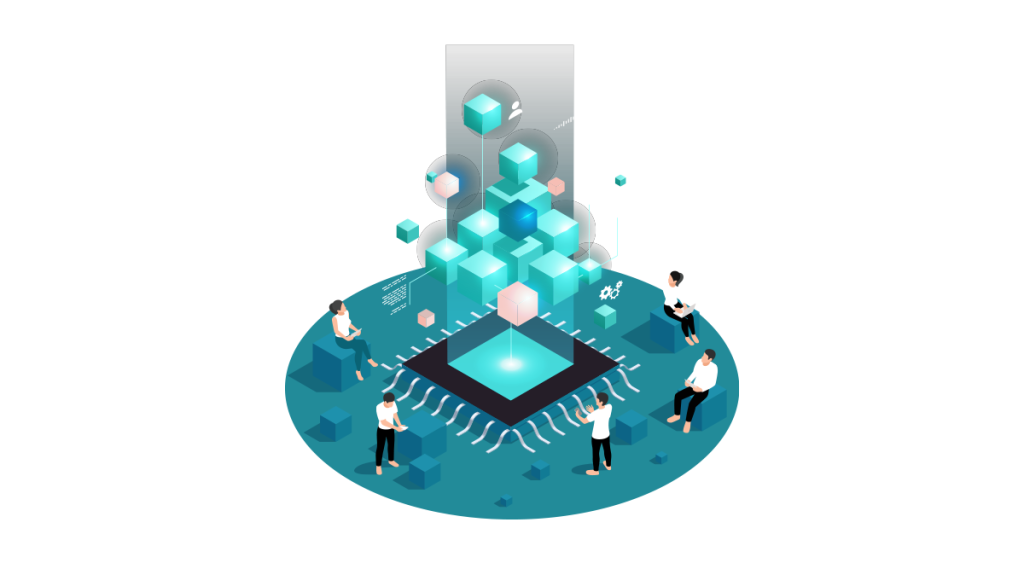
Layer 2 Solutions
Layer 2 solutions such as the Lightning Network for Bitcoin and roll ups for Ethereum aim to address scalability issues by processing transactions off-chain while maintaining the security of the underlying blockchain.
Interoperability
Efforts are underway to enhance interoperability between different blockchain networks. Projects like Polka dot and Cosmos aim to create a connected ecosystem of blockchains, enabling seamless communication and data transfer.
Integration with Emerging Technologies
Blockchain is increasingly being integrated with other emerging technologies such as artificial intelligence (AI) and the Internet of Things (IoT). These integrations can unlock new possibilities and applications in web development.
Regulatory Clarity
As governments and regulatory bodies gain a better understanding of blockchain technology, clearer and more consistent regulations are likely to emerge. This will provide a more stable environment for developers and businesses to innovate.
Why Cloud-Based Web Development is the Future in Pakistan. Let’s read more about it.
Conclusion
Blockchain is not just a buzzword; it is a transformative technology that is reshaping the foundations of web development. By understanding and using its capabilities, developers can build the next generation of web applications that are more secure, transparent and user-centric. While challenges such as scalability, complexity and regulatory uncertainty remain, ongoing advancements and trends suggest a bright future for blockchain in the web development industry. The journey of integrating blockchain into web development is just beginning and its full potential is yet to be realized.
